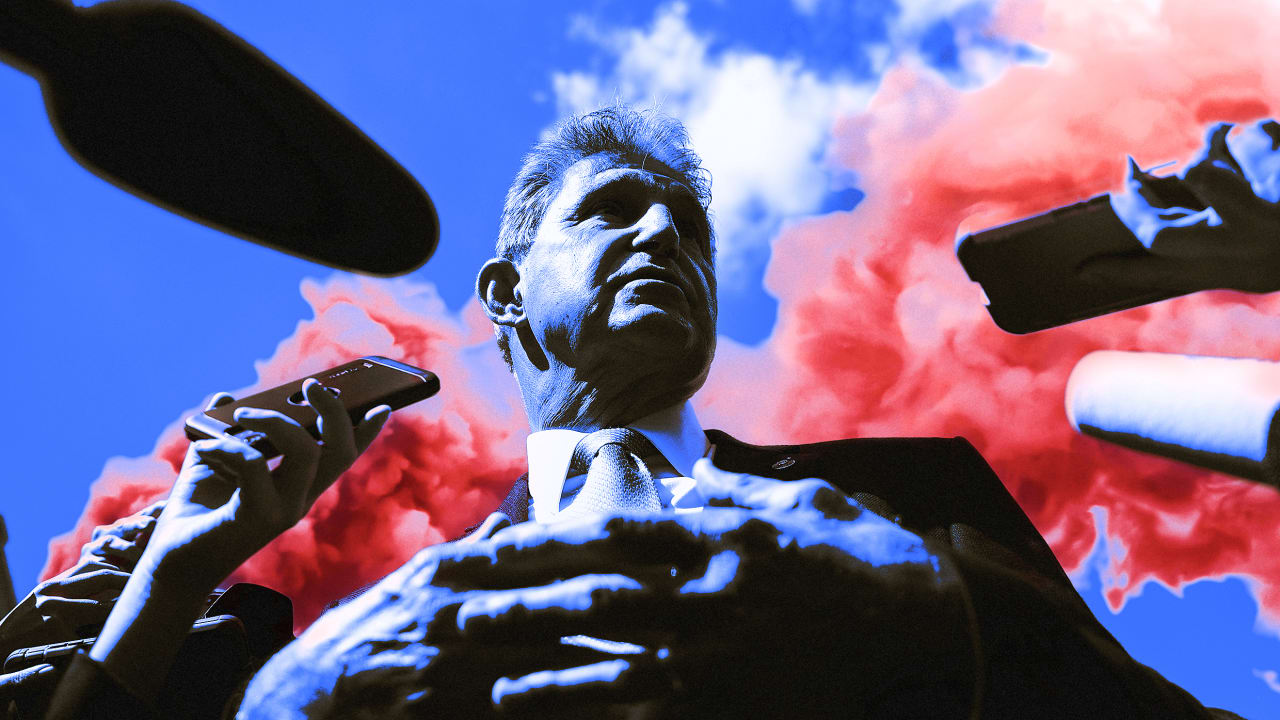Integrated assessment models extend the analysis even further, including the links between the climate system and the economy; for example, simulating how changes in population growth or fuel demand will affect the climate. It is also possible to add social and political variables: The models used in the last report by the United Nations Intergovernmental Panel on Climate Change are based on future development narratives or “shared socio-economic pathways”. A narrative describes the world developing in a way that respects planetary boundaries and reduces inequality and emissions; another shows a world where resurgence of nationalism and environmental degradation make mitigation and adaptation difficult. There are big unanswered questions here; for example, once they have the means, will the inhabitants of the South consume as much meat as the Westerners currently? An integrated assessment model produces different results depending on the scenario that feeds it.
As useful as these models are, however, almost all of them treat the human decisions that determine greenhouse gas emissions as external: policy choices are inputs, not outputs. Modellers generally have no way of accounting for the complex interactions between the energy system and human decisions. For example, extreme heat waves like the one that ignited Europe in July tend to drive support for the green parties, but the heat has also caused sweaty Brits and French to buy air conditioners, which can increase the cost of electricity, leading some politicians to blame carbon pricing for the high cost of living. The thousands of Britons pledging to boycott their energy bills this winter are unlikely to support climate policies that reduce emissions by increasing the cost of their energy, and it is very difficult for a typical climate model to capture these dynamics.
And yet these changes – in which climate change generates policy responses that, among other things, make climate action more or less likely – act as distortions that undermine the accuracy of model projections. This is not just an academic point. Globally, political dynamics in one country affect climate outcomes for others, some disproportionately. At the local level, policy makers need to have a clear idea of the type of ecological and climate change to come so that they can make the right preparations – for example, inform decisions whose neighborhoods are at risk of flooding and may need to be protected by a new dike.
Some scientists attempt to address these limitations – to show how social factors and biophysical changes influence each other. In a month of February article in Nature, a group of academics described a new model they called the “coupled climate-social system”. It includes feedback processes involving politics, public opinion, emissions and climate. A feedback process takes into account social conformity: the pressure to fit in, for example by saving energy when petrol is expensive or installing solar panels at the height of those of neighbours. Another feedback process involves political interest; think of how the new US Inflation Reduction Act promises to create million jobs install green technologies such as solar panels, and how these workers could then support policies that boost clean energy even more. One of the more interesting mechanisms is the “expressive force of law” feedback loop, the idea that changes in laws can shape broader social norms, the way restaurant smoking bans have helped reduce smoking in society. For example, in the grip of a mega-drought, Nevada is ban most lawns to save water. Residents of parts of the parched American West where lawns remain legal might visit Las Vegas and decide rock gardens aren’t so bad, especially if saving water helps the state keep low emissions. . hydroelectricity of the Hoover Dam.
The authors of the Nature paper argue that integrating these social phenomena into their perspective allows them to explain emissions trajectories as a product not only of the price of wind energy or the rate of deforestation, but also social and political changes that will be shaped by (and are themselves shaping) humanity’s path to a low-carbon future. Incorporating sociopolitical dynamics into scientific models of climate change, they argue, makes the models more robust.
The socio-climate system article builds on other recent efforts to link climate patterns to social patterns, such as a 2021 Naturalist commentary calling for climate models to “make people aware”. As the Washington Post recently reported, in an article on the energy-saving models used to calculate how the Cut Inflation Act could benefit the climate, it is clear that humans are not purely actors. rational people who make decisions solely by weighing costs and benefits. It is time that modellers of climate change – which, after all, is a product of human behavior – recognize this too.
What these early attempts at an integrated model make clear is that neither physicists on the one hand, nor economists, political scientists and international relations scholars on the other, can responsibly assume that the other sphere will unfold in a straight or predictable line. If the world is to successfully combat climate change, the path will follow in stages, many of which will be guided by human decisions in response to climate impacts.
Of course, no model can be exhaustive. The socio-climatic model, for its part, does not account for geopolitical shocks such as Russia’s invasion of Ukraine and the resulting restrictions on Russian fuel exports, or how these shocks might be shaped. or even caused by climate action or inaction. But the point is not that social climate models must continue to expand to include all possible feedback loops in all their complexity. It’s impossible.
The scientists behind the socio-climatic model have begun to do their part to examine how socio-political phenomena manifest as dependent variables. But are policymakers and policy analysts doing enough to integrate climate science into their own models and theories, which are based on their understanding of social and political dynamics? Political scientists could build models and theoretical frameworks that factor in climate science, making their side of the feedback loop more robust. They can help clarify how geopolitical changes might be shaped by climate action and, in turn, shape climate action, focusing on the effects of and responses to climate change.
For example, if the richest and most polluting nations continue to break their promises to share climate-related financial aid and Technology with developing countries, and the UN Security Council remains unable to agree faced with the risks of climate security, will the UN, if it still exists, not be a less effective player in 2040 than it is today? China plans to double its wind and solar capacity in the next five years, and electric vehicles are already A quarter cars produced there. What then would be the geostrategic implications if China reduced its dependence on foreign oil imported through the Strait of Malacca? Or, to take another example, could those who suffer from historic heat waves become radicalized and turn to violence, sabotage oil and gas pipelines or committing violent attacks on governments they perceive to have abandoned them? And how would all of this affect climate policy decisions then? Here too, there are feedback loops, between climate impacts, the perceptions of those who suffer from them and the reactions of governments and international organizations.
To the extent that policy makers pay attention to the geopolitical implications of climate change, they focus primarily on the constraints and opportunities of their existing worldviews – such as melting Arctic ice and opening new shipping routes – rather than to re-evaluate their theories of global security: The United States’ Interim National Security Policy Directions from 2021 repeats the term “climate crisis” without considering its interaction with other threats. The Ministry of Defense Climate risk analysis From 2021 goes further, with an encouraging focus on the second-order effects of climate change, such as migration and civil unrest. The most forward-looking and holistic is 2021 National Intelligence Estimate on the challenges of climate security, which warns that non-compliance with the Paris agreement by rich countries could increase geopolitical tensions in ways that threaten the United States and the institutions it co-leads. But such thinking is not widespread enough. A climate change-aggravated hurricane in the Caribbean is a geopolitical event as well as a humanitarian crisis.
Now that scientists have thrown it over the net, the ball is in the court of the political community, international relations and foreign policy. Our task is to ensure that we treat climate change and environmental crises not as troubling developments parallel to man-made international politics, but as threads that cannot be unraveled.




